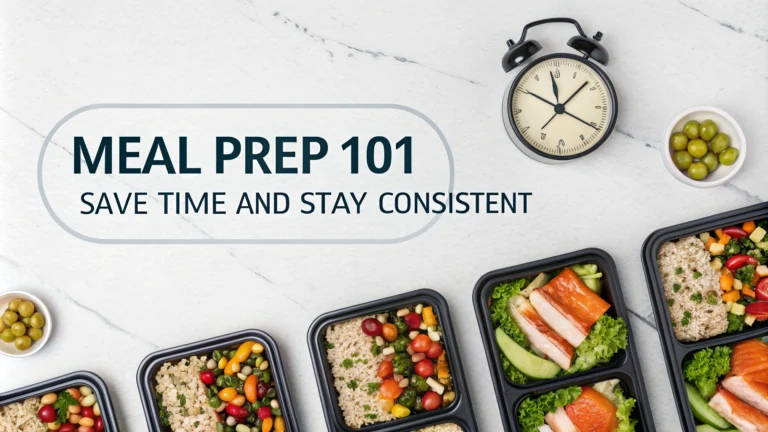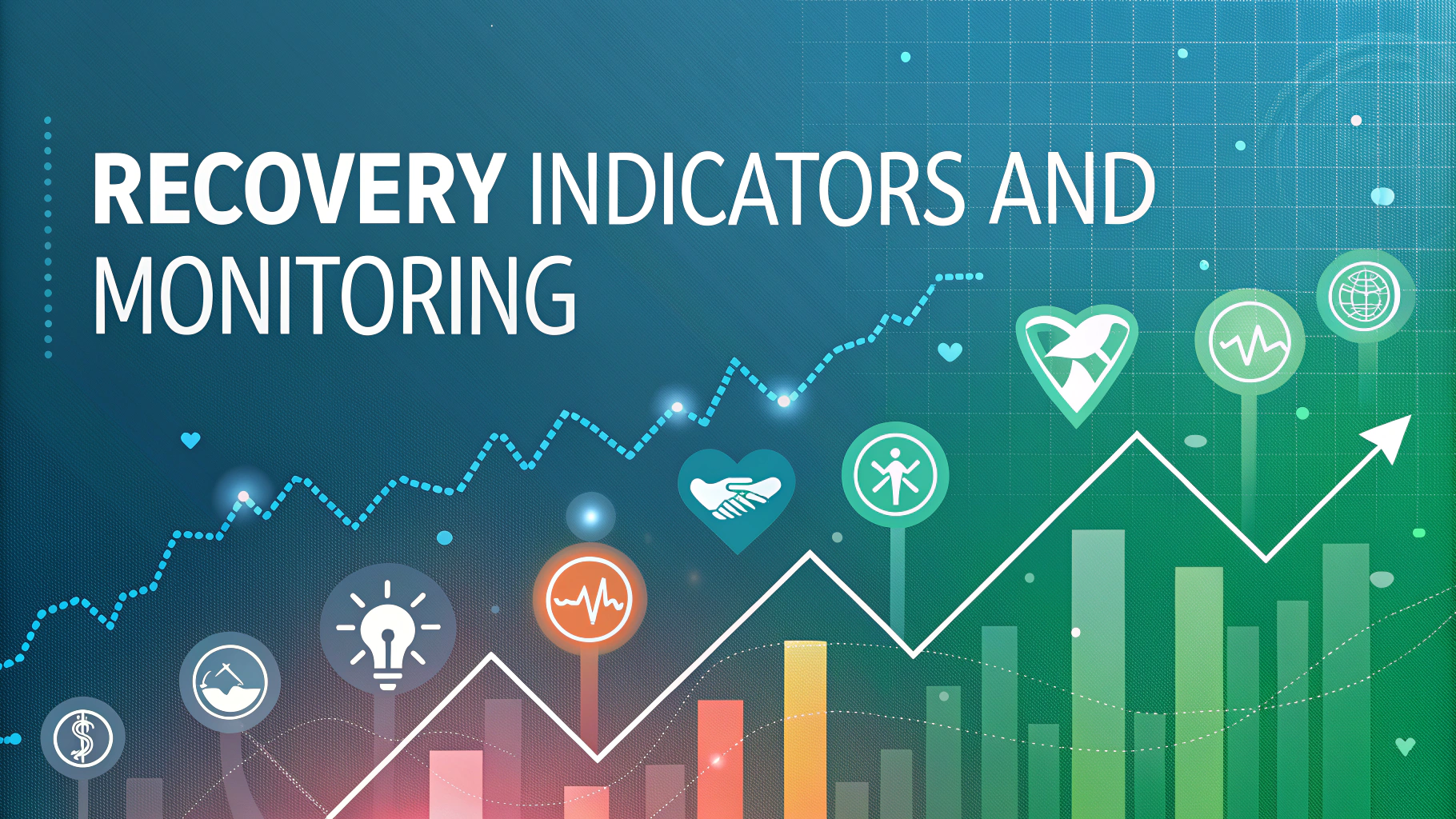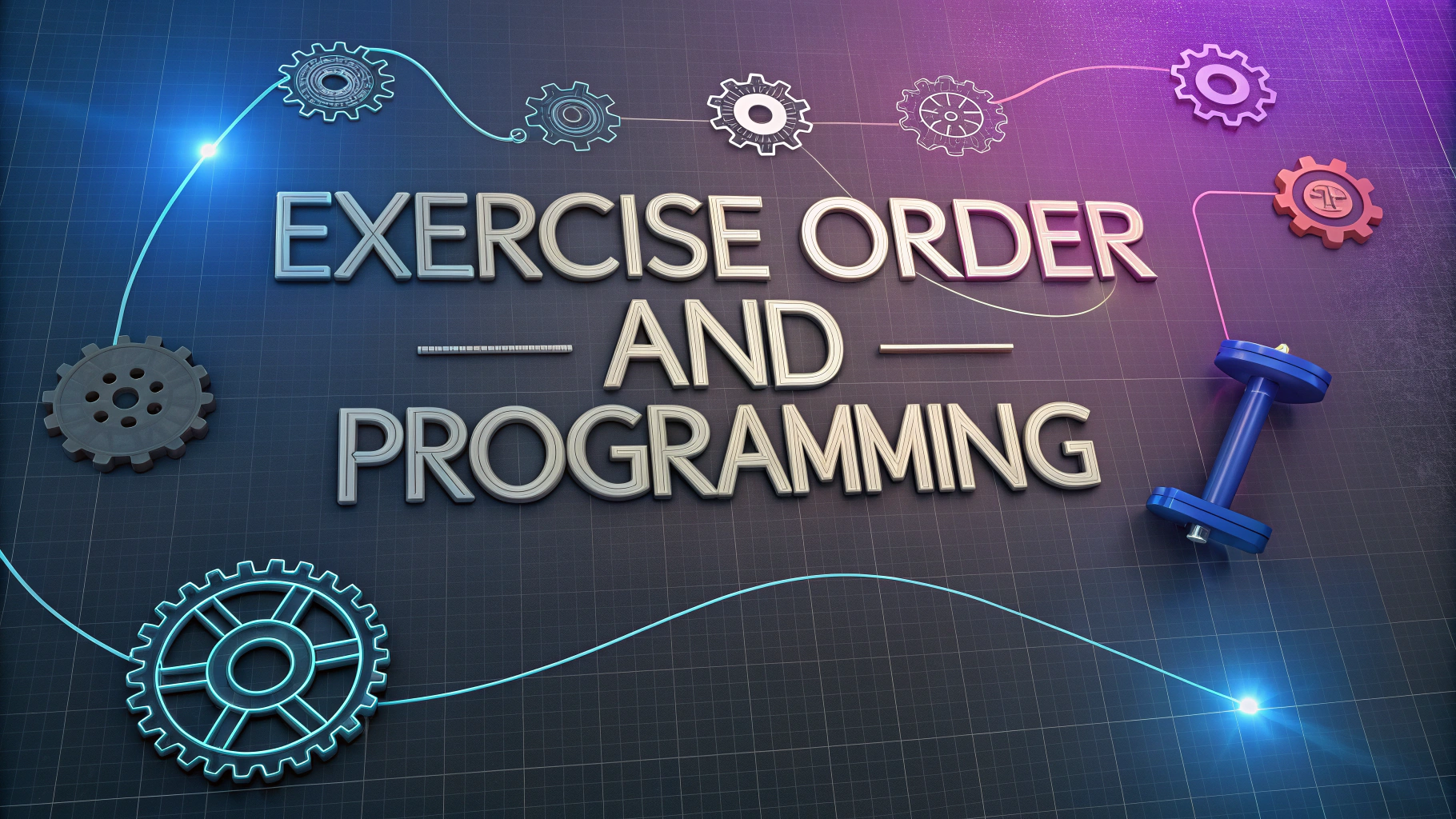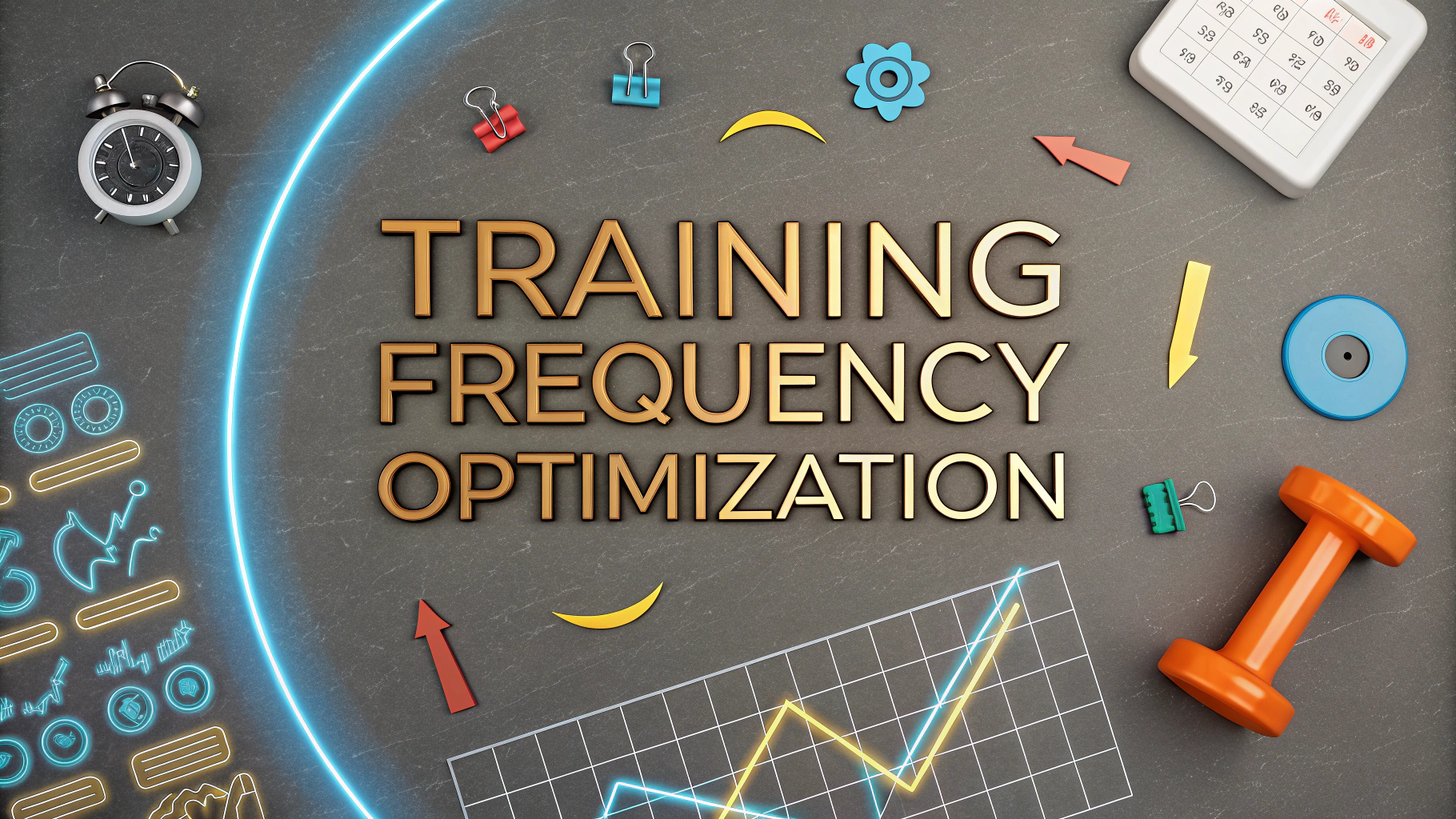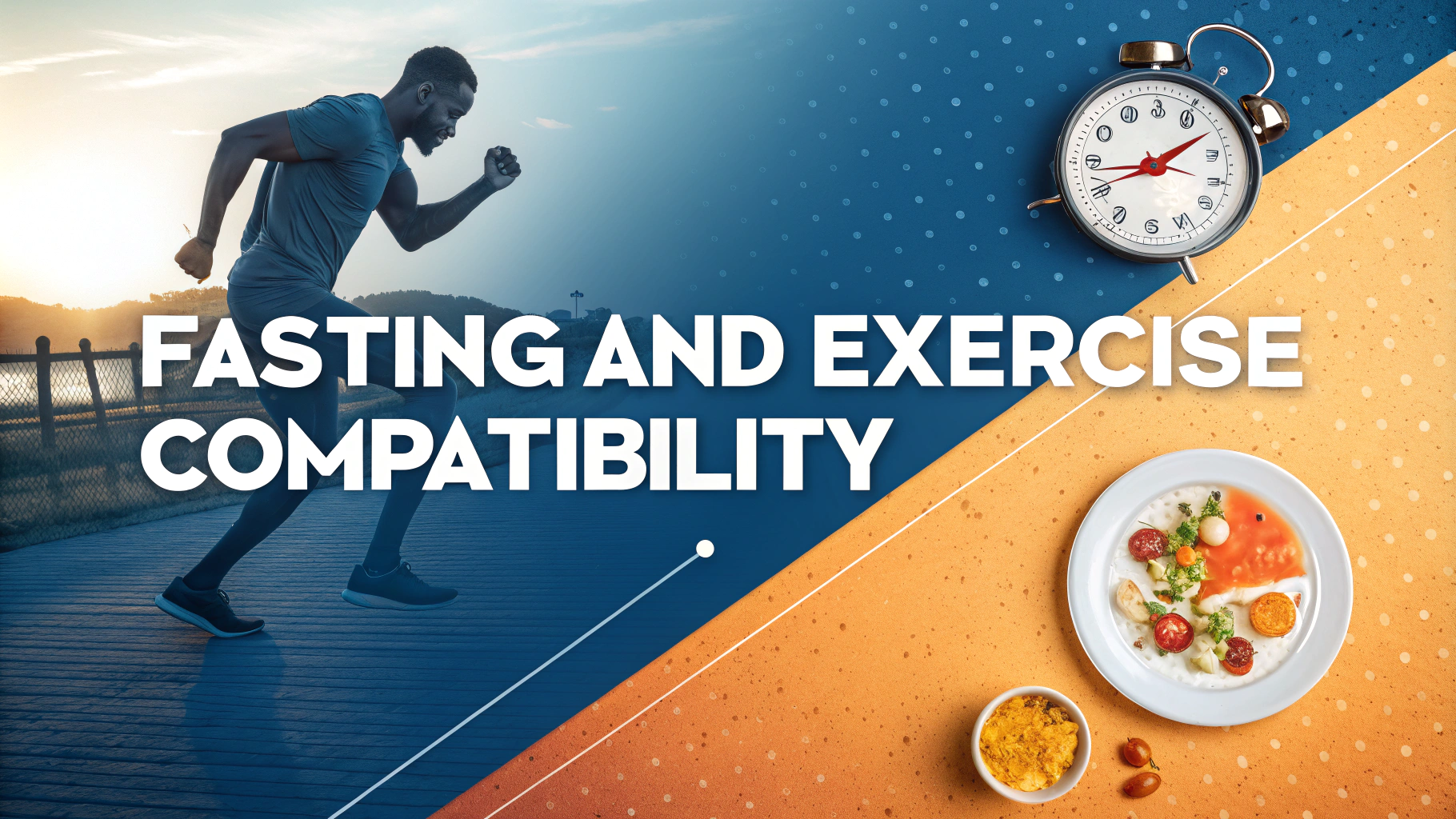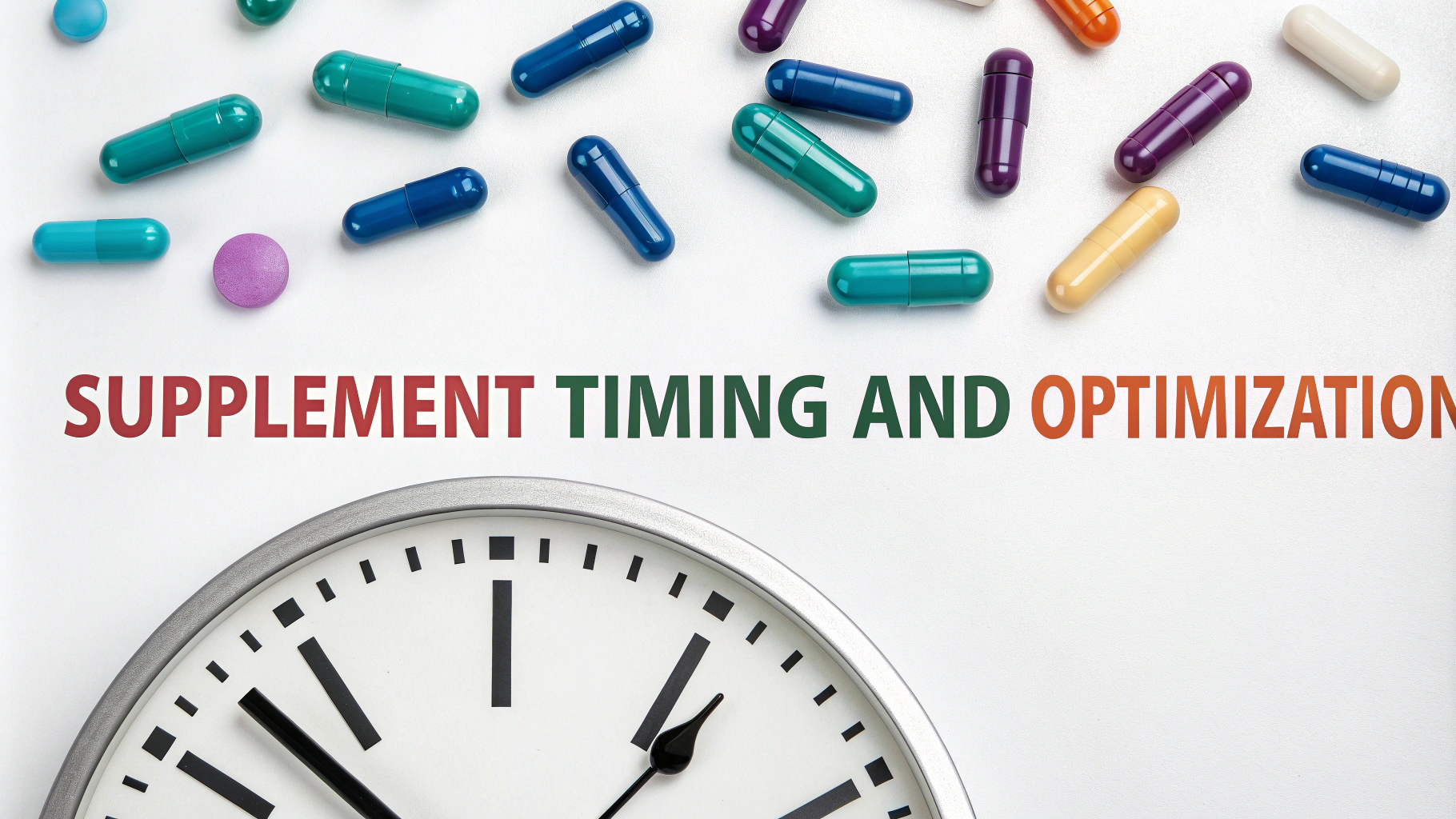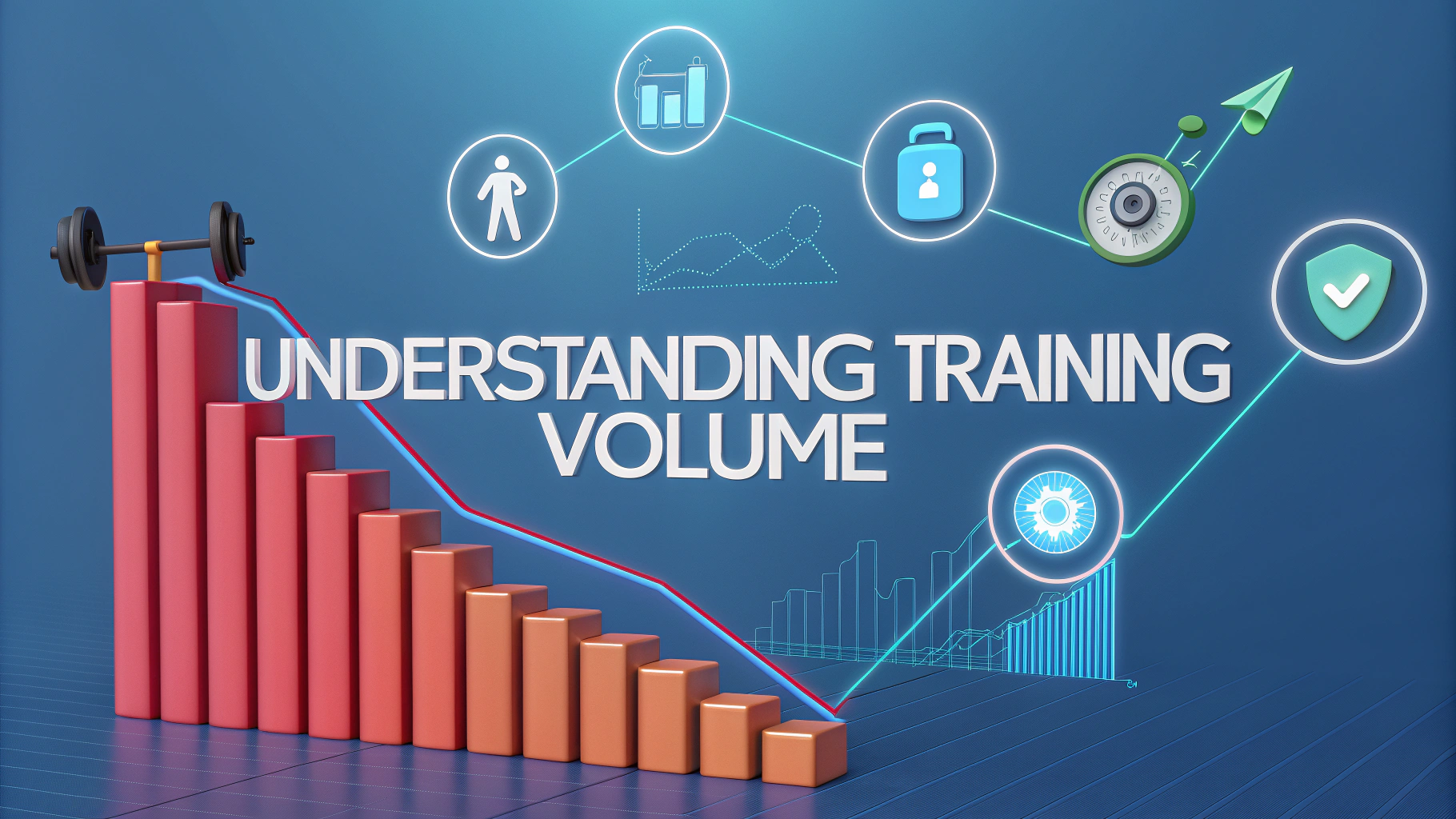Meal prep saves both time and money while helping you stick to your nutrition goals consistently.
Quick Setup Guide
Start with these essential tools for efficient meal prep:
- Glass containers with airtight lids
- Sharp chef’s knife
- Large cutting board
- Sheet pans for roasting
- Food scale (optional but recommended)
Planning Your Prep
Choose 2-3 protein sources, 3-4 vegetables, and 2-3 complex carbohydrates for a week of varied meals.
Schedule 2-3 hours on a weekend day for your main prep session.
Cook proteins and roasted vegetables simultaneously to maximize oven efficiency.
Storage Times
| Food Type | Refrigerator | Freezer |
|---|---|---|
| Cooked meat | 3-4 days | 2-3 months |
| Cooked vegetables | 4-5 days | 2 months |
| Prepared grains | 5-7 days | 3 months |
Time-Saving Strategies
- Wash and chop all vegetables at once
- Cook multiple items in the oven simultaneously
- Use a slow cooker or instant pot for hands-off cooking
- Portion meals directly into containers
Batch Cooking Ideas
These foods work well for meal prep:
- Grilled chicken breast
- Roasted sweet potatoes
- Quinoa or brown rice
- Steamed broccoli
- Hard-boiled eggs
Food Safety Tips
- Cool food completely before refrigerating
- Label containers with dates
- Keep refrigerator temperature at or below 40°F (4°C)
- Reheat foods to 165°F (74°C)
Contact the USDA Meat and Poultry Hotline at 1-888-674-6854 for food safety questions.
Common Mistakes to Avoid
- Preparing too much food at once
- Not allowing foods to cool properly
- Using containers that aren’t airtight
- Forgetting to label and date meals
Track your preferences and adjust portions over time to minimize food waste.
Download free meal prep templates and planning guides at MyPlate.gov.
Weekly Prep Schedule
Break down meal prep tasks across the week for manageable sessions:
- Sunday: Main cooking session (proteins, roasted vegetables)
- Wednesday: Mid-week refresh of quick-cooking items
- Daily: 10-minute prep for fresh components
Cost-Saving Benefits
Meal prepping can reduce food expenses through:
- Bulk purchasing opportunities
- Reduced food waste
- Fewer takeout meals
- Strategic use of sales and seasonal items
Meal Variety Tips
Mix and Match Components
- Use different sauces and seasonings
- Alternate between hot and cold meals
- Transform leftovers into new dishes
- Incorporate seasonal ingredients
Conclusion
Successful meal prep requires planning, proper tools, and food safety awareness. Start small, adjust based on experience, and develop a system that works for your lifestyle. Regular meal prep leads to healthier eating habits, reduced stress around mealtimes, and significant cost savings.
Begin with prepping just 2-3 days of meals until you establish a routine that works for you.
FAQs
- How far in advance can I safely meal prep?
Most cooked meals can be safely stored in the refrigerator for 3-4 days. Some items like cut vegetables and whole grains can last up to 5 days when stored properly. - What are the best containers for meal prepping?
Glass containers with airtight lids are ideal as they’re microwave-safe, don’t retain odors, and are environmentally friendly. BPA-free plastic containers are a lighter alternative. - Which foods should I avoid meal prepping?
Avoid prepping dressed salads, cut avocados, crispy foods, and seafood more than 1-2 days in advance as they can become soggy, brown, or develop food safety issues. - How can I prevent my meals from getting soggy?
Store wet ingredients separately, let food cool completely before packaging, use paper towels to absorb excess moisture, and keep dressings and sauces in separate containers. - What are the most time-efficient foods to prep?
Rice, quinoa, roasted vegetables, grilled chicken, hard-boiled eggs, and bean-based dishes are efficient choices as they can be prepared in large batches. - How do I properly portion my prepped meals?
Use a food scale and measuring cups to ensure consistent portions. Generally, aim for 4-6 oz protein, 1 cup vegetables, and ½-1 cup complex carbohydrates per meal. - What’s the most efficient order for meal prepping?
Start with items that take longest to cook (grains, roasted vegetables), then prepare proteins, and finally chop fresh vegetables while other items are cooking. - How can I ensure food safety during meal prep?
Cool food completely before storing, use clean containers, maintain refrigerator temperature below 40°F (4°C), and reheat foods to 165°F (74°C). - What equipment is essential for effective meal prepping?
Essential items include quality storage containers, a sharp chef’s knife, large sheet pans, mixing bowls, measuring cups, and a food scale. - How can I keep prepped meals interesting and varied?
Use different seasonings and marinades, rotate protein sources, vary cooking methods, and incorporate different ethnic cuisines into your meal prep rotation.
